Linsoul 7Hz Sonus IEMs – Harmonically Inspired
Linsoul 7Hz Sonus is a $54 USD pair of IEMs with a hybrid driver design, featuring one dynamic driver and one balanced armature, and coming to take the world by surprise with how affordable they are, yet how clean they sound. Given the entry-level pricing, I will be comparing them to other entry-level IEMs, including IKKO OH300 Lumia (49 USD), Dunu Kima (99 USD), and Tin T2 DLC from thinHIFI (59 USD).
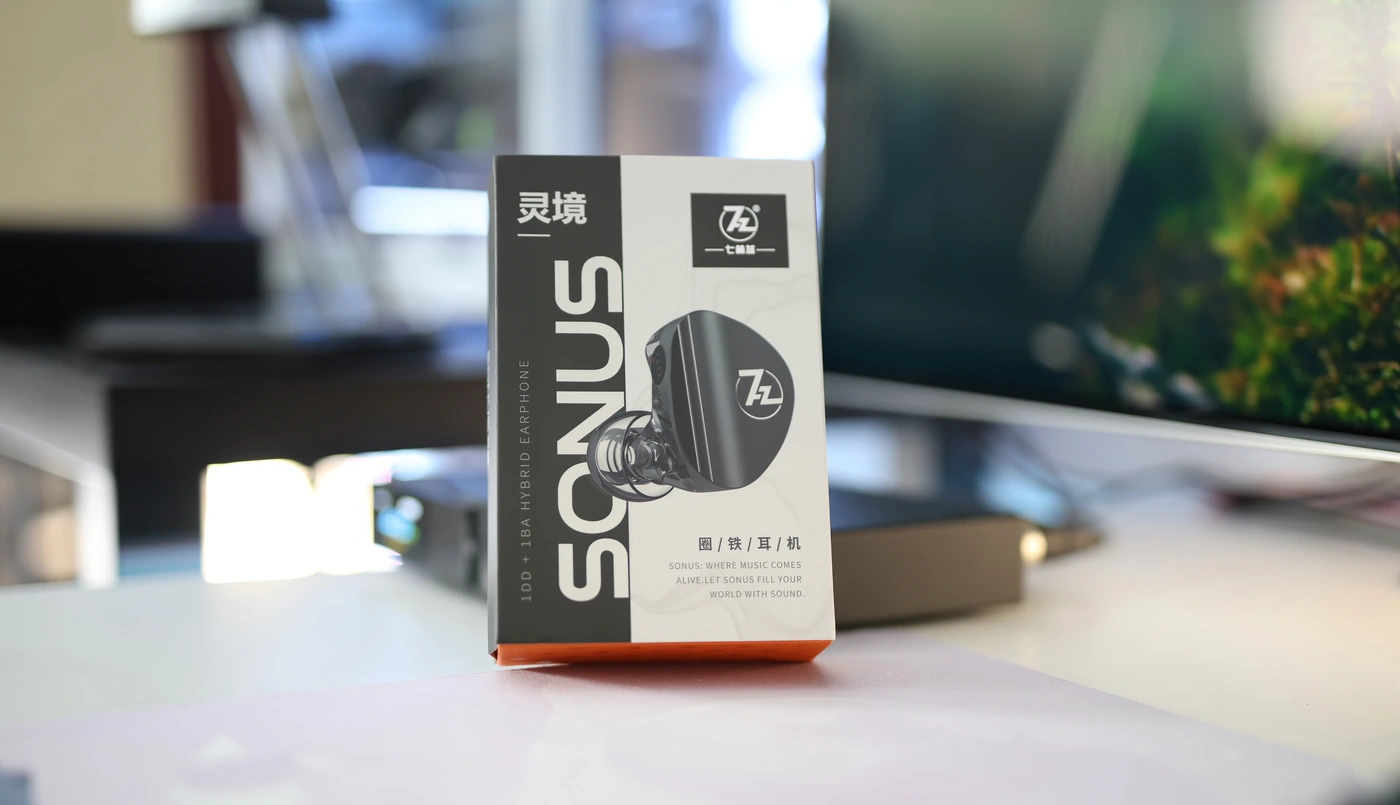
Introduction
Linsoul is one of the biggest, most popular shops for Chifi Audio from China, and they sell everything, from entry-level IEMS, all the way to flagship-grade high-end DAPs, having one of the widest selection of products, best support, and an extended network of delivery, making sure you will receive your product quickly, safely, and making sure you’re happy with your purchase. If you’re still reluctant to use the Linsoul website, they are present on Amazon too, being one of the main sellers behind most Chifi products available there. As an Amazon Influencer, I earn from qualifying purchases, and using the purchase links in my reviews helps me maintain this website and youtube channel.
I’d like to thank Linsoul for providing the sample for this review, in exchange for my honest opinion. We are not receiving any incentive for this review and Audiophile-Heaven has no affiliation with Linsoul or 7Hz beyond this review. This review is a description of my personal experience.
Product Link
You can grab one from www.amazon.com – https://amzn.to/47AYefj
If you’re in the UK, you can grab one from www.amazon.co.uk – https://amzn.to/3uyatup
And if you’re from Europe, you can grab one from www.amazon.de – https://amzn.to/47WbWZU
Build Quality/Aesthetics/Fit/Comfort
7Hz Sonus has a close enough name to Shanling Sono that I don’t feel comfortable with the two sitting in the same room, as they may fight each other for who is the real sono IEM. This being said, the build is very different and 7Hz Sonus is a larger IEM, it is quite big, heavy, but made of metal, with a mostly ergonomic fit. As long as your ears are on the medium – larger side, it will fit really well, although for my medium sized ears, 7Hz Sonus is on the edge for comfort, it is a bit large. There is no void and no driver flex, the size being the only deterrent from a perfect comfort score for 7Hz Sonus.

The cable is detachable and actually of a good quality, being a high-end silver-plated OCC cable (49 wires per core, 4 cores braided cable), with 2 Pin connectors, and a 3.5mm single ended connector at the jack side. The cable offers good support and comfort, being quite good overall, with no microphonic noise, and being one of the best cables included from the factory with an entry-level IEM.

The driver tech inside is a hybrid, with a dynamic driver and a balanced armature, and 7Hz Sonus has an impedance of 30 OHMs, and a SPL of 109 dB, being easy to drive. It does not respond linearly to volume, and it sounds bassier at loud volumes, and brighter, thinner and harsher at low volumes, being far more enjoyable, more balanced and tonally better at loud volumes.
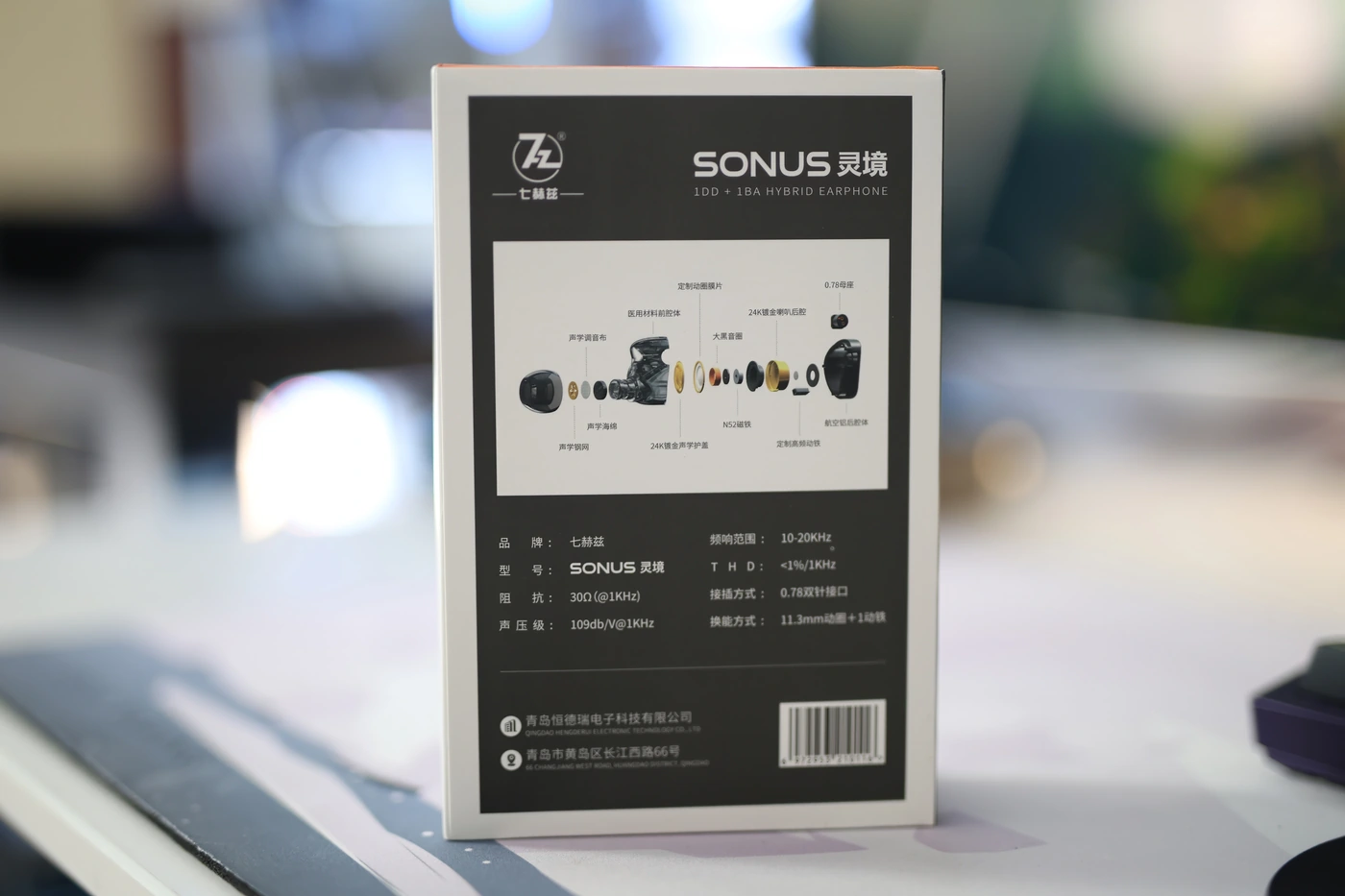
For today’s review I paired the 7Hz Sonus with SMSL AO300, Hiby R3 II, FiiO K9 PRO, Audioengine D1, iFi Audio Go bar, Shanling UP4 2022, iBasso DX160, and JDS Labs Element III MK2 Boosted. This is an IEM that is easy to drive, does not reveal background noise easily, but does improve a bit with a better source, but it reaches its ceiling quickly, so you will need a decent dongle DAC and you will be set for fun with it.
Sound Quality
Since 7Hz Sonus does not respond the same at all volumes, I will start with the listening volume I’ve used for most of the review, which is medium and loud, as the sound can be somewhat too bright at low volumes for me, but it gets more tonally balanced and cleaner at loud volumes, being a V-Shaped sounding IEM, with a meaty, punchy bass, which can actually reach in the lows nicely, down to about 40 Hz, where it has a really full and rounded response. We have a clean midrange, with a sharper texture, and a sharp, clean treble. I kept expecting a harsh texture in the treble, but that is not the case and 7Hz Sonus is well balanced, having a pretty smooth texture for the treble, all while having a sharp and strong treble.
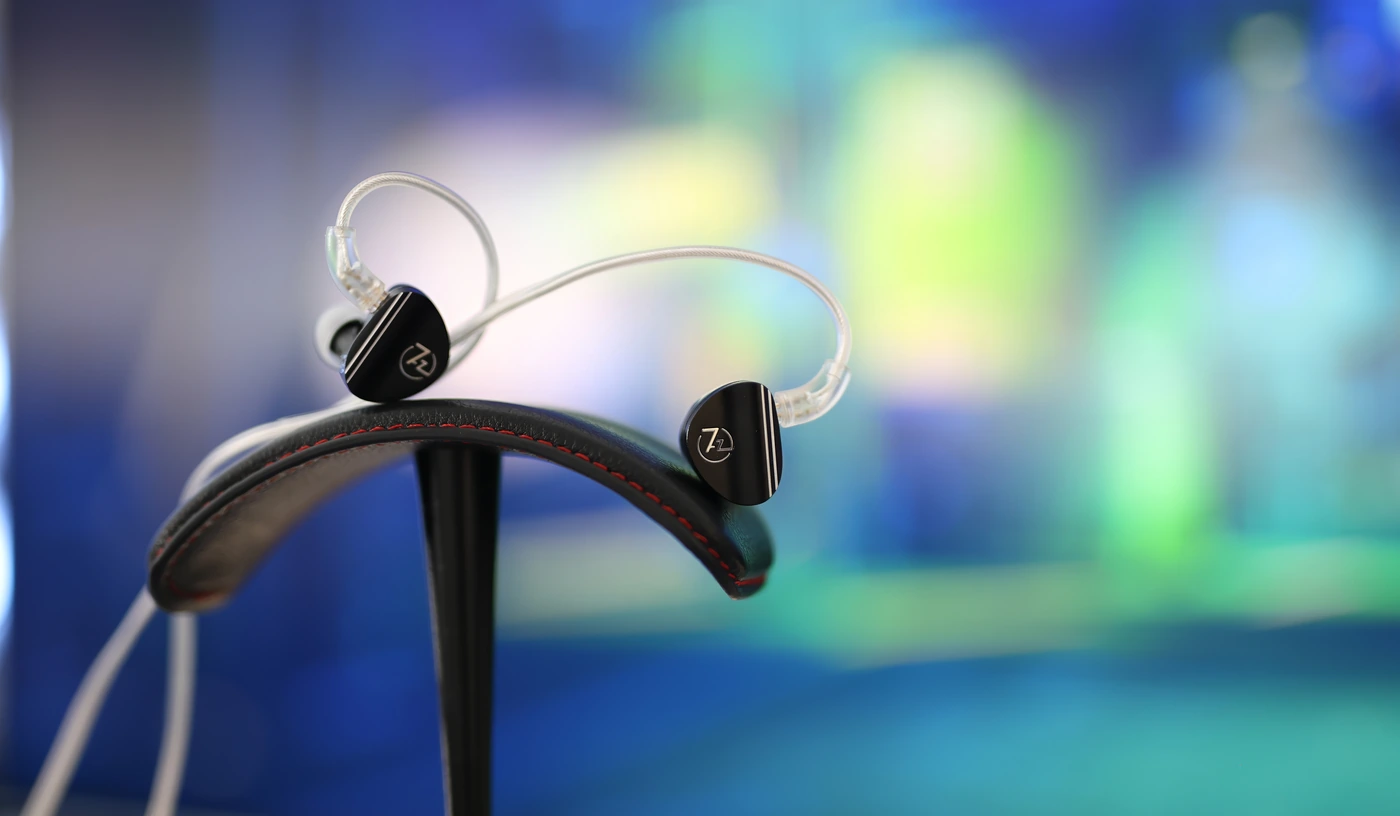
The bass is clean, rounded and deep, having an especially meaty and punchy presentation. Most of the bass energy is presented between 40 Hz and 80 Hz, as it falls off in a soft roll off fashion below 40 Hz, but also tends to descend in strength above 80 Hz, avoiding sounding boomy and veiled, in favor of a strong punch that is similar across all music, the IEM having a really specific signature that it will apply to everything. We have a somewhat recessed upper bass and lower midrange which can make male voices slightly distant, but which brings forward guitars and female voices, creating a pleasing space.
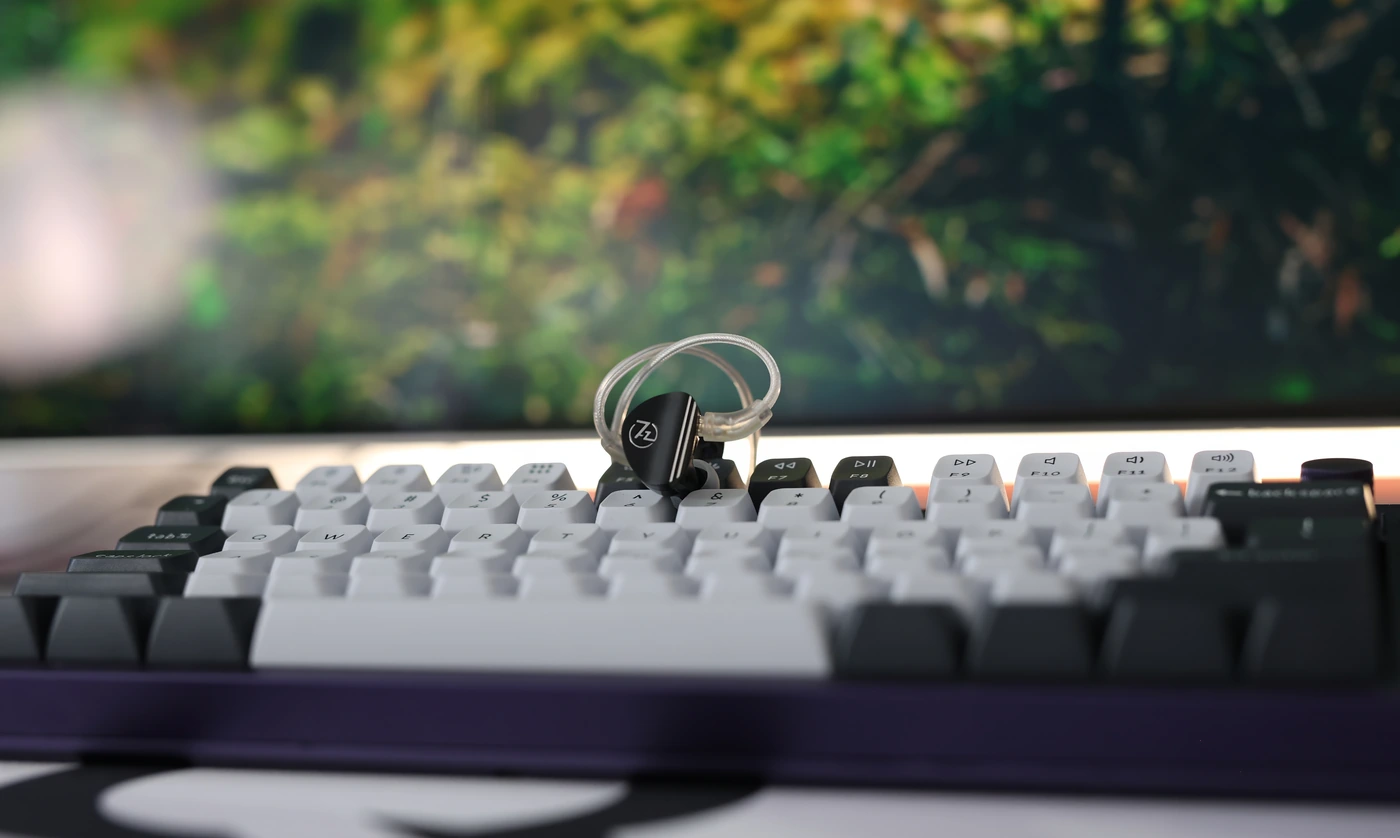
A big part of why the sound is pleasing is the Balanced Armature sounding just detailed enough to be juicy, but not too harsh or grainy, so textures are almost always enjoyable, clean and well defined, without risking the sound being too bland and unengaging, the upper midrange has a peak taht quickly increased until it reaches a plateau which lasts between about 8 kHz and until about 12 kHz, after which the treble rolls off softly. This treble seems to have some peaks and dips too, if we follow the graph from the Linsoul / 7Hz official page, but that’s likely how they got a bright treble that avoids sounding harsh and fatiguing.
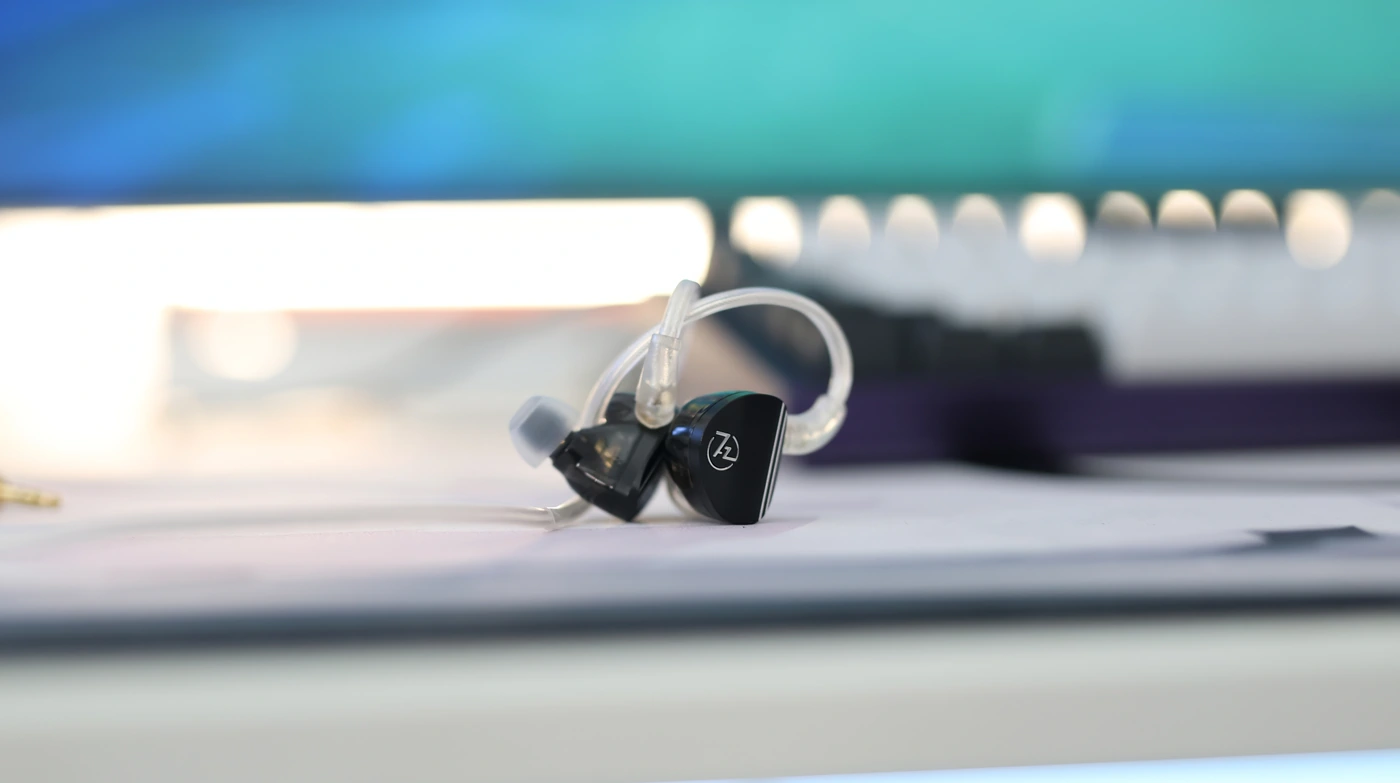
For an IEM that is in the entry-level, 7Hz Sonus sounds quite pleasing, punchy and the soundstage is fairly natural. The trick they did is that the IEM is not sensitive to distortion and does not show recording mistakes, being detailed and revealing enough to be fun, but the treble doesn’t have enough peakiness to show when a song has clipping or distortion, so all music is enjoyable, from rock to metal to pop all the way to stuff that’s really poorly recorded. While you won’t master music well with the 7Hz Sonus, you will be able to enjoy most music styles without a care in the world for how it was processed before it was delivered to you. The signature works slightly better for EDM, Dubstep and electronic music in general than it works for rock, metal, punk or acoustic music.
Comparisons
7Hz Sonus vs IKKO OH300 Lumia (54 USD vs 49 USD) – Starting with the build quality, both are made really well, both are free of drive flexes, and both are free of void. OH300 fits my ears a bit better, being smaller, although it is still on the somewhat larger side. The midrange is fairly enjoyable with both, and I would say that the biggest difference is that Sonuys has the bass and treble more forward, more in quantity and it sounds more V-Shaped, but the resolution, instrument separation and even dynamic range is very similar, being hard to tell them apart for their technical edge. Guitars are a bit more vivid and juicy on the Sonus, while OH300 sounds a bit more cohesive with volume, and doesn’t change character as much, being better for quiet listening.
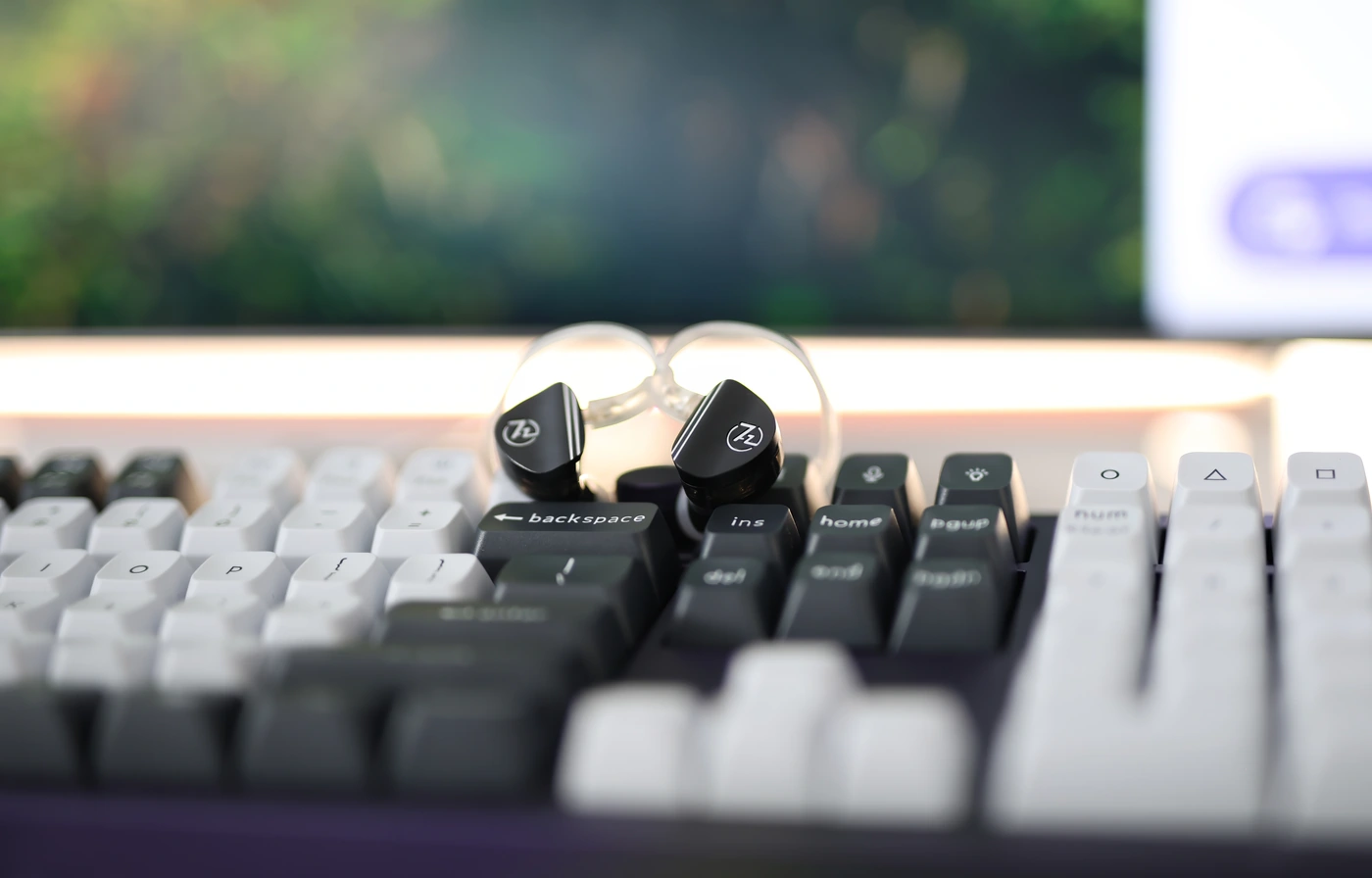
7Hz Sonus vs Dunu Kima (54 USD vs 99 USD) – The build of Kima is a bit more comfortable, it feels like it was made with the user in mind a bit more. The sound of 7Hz Sonus is more balanced, has more bass, more punchiness in the bass, and a considerably better resolution and clarity than Dunu Kima. The soundstage of the 7Hz Sonus is similar to that of the Dunu Kima, but the instrument separation is better on the Sonus. Both are free of driver flex, but Sonus sounds more natural, the mids are easier to swallow and the treble is smoother in textures, yet bright and forward, making an interesting, uplitying listening experience that is enjoyable for most listeners, while Kima is much more critical and needs albums with perfect recording, mixing and mastering to sound good. Dunu Kima sounds better at quiet volumes, while 7Hz Sonus sounds better at higher volumes.
7Hz Sonus vs Tin T2 DLC (54 USD vs 59 USD) – The shape of Tin T2 DLC is about as comfortable as 7Hz Sonus, and they are both larger, metallic IEMs that will fit people with big ears better than those with smaller ears and ear canals. Both are free of void and driver flex, but the cable of 7Hz Sonus is better, and the IEM feels slightly better made than T2 DLC. The sonic presentation is bolder, more contrasty with better resolution and clarity as presented by 7Hz Sonus, having a more pleasing tonality, and sounding more natural. Tin T2 DLC sounds harsher, and more aggressive, and 7Hz designed an IEM that for a similar price offers a more pleasing experience, while still following a V-Shaped signature, as the two are similar in tuning. T2 DLC sounds better at medium volumes, while Sonus sounds better at louder volumes.
Value and Conclusion
The price of the 7Hz Sonus is low, but the performance is high, and this is where you get the best bang for your buck, the entry-level from Chifi releases, this is a hot and quickly changing market. You also get a neat package, with a nice transport pouch, and an IEM that has good resolution / clarity.

At the end of the day, if you’re looking for a high-quality IEM with good resolution, good clarity, and a V-Shaped sound that has most of the energy in the bass and treble, with a natural soundstage, 7Hz Sonus and Linsoul will deliver a package full of fun, cohesive music notes, and a neat cable, al for less than 60 USD.
Product Link
You can grab one from www.amazon.com – https://amzn.to/47AYefj
If you’re in the UK, you can grab one from www.amazon.co.uk – https://amzn.to/3uyatup
And if you’re from Europe, you can grab one from www.amazon.de – https://amzn.to/47WbWZU
--- Please remember to stay safe, and always have fun while listening to music!---
- If you have a dime to spare, please donate, and help us! It would make the day brighter for me and my wife-
Full Playlist used for this review
We listened to more songs than those named in this playlist, but those are excellent for identifying a sonic signature. I recommend trying most of the songs from this playlist, especially if you’re searching for new music! The playlists are different for Spotify, Tidal and Youtube, and based on the songs I enjoy and are available on each!
https://www.youtube.com/playlist?list=PL_cjBXGmwSHSdGcwuc_bKbBDGHL4QvYBu
https://open.spotify.com/playlist/5J3oloz8Riy9LxEGenOjQ0?si=979ba4f082414be7
https://tidal.com/browse/playlist/330fd544-8e5b-4839-bd35-676b2edbb3d5
--- Contact Us ---





